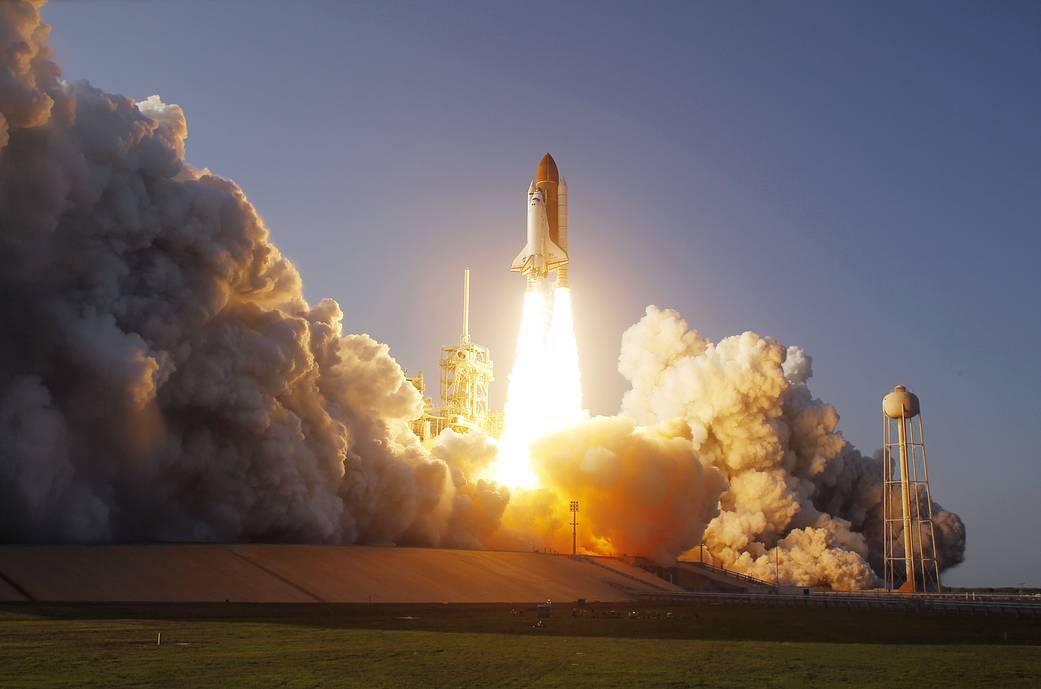This week in 2011, space shuttle Discovery lifted-off from NASA’s Kennedy Space Center for its 39th and final mission. Discovery and its six-member crew delivered the Leonardo Multipurpose Logistics Module — packed with supplies, critical spare parts and Robonaut 2 — to the International Space Station. The first shuttle mission launched in April 1981, and for the next 30 years the program’s five spacecraft carried people into orbit repeatedly, launched, recovered and repaired satellites, conducted cutting-edge research and built the largest structure in space, the space station. Today, Marshall’s Payload Operations Integration Center serves as “science central” for the space station, working 24/7, 365 days a year in support of the orbiting laboratory’s scientific experiments. The NASA History Program is responsible for generating, disseminating, and preserving NASA’s remarkable history and providing a comprehensive understanding of the institutional, cultural, social, political, economic, technological, and scientific aspects of NASA’s activities in aeronautics and space. For more pictures like this one and to connect to NASA’s history, visit the Marshall History Program’s webpage. (NASA)
1 min read

























